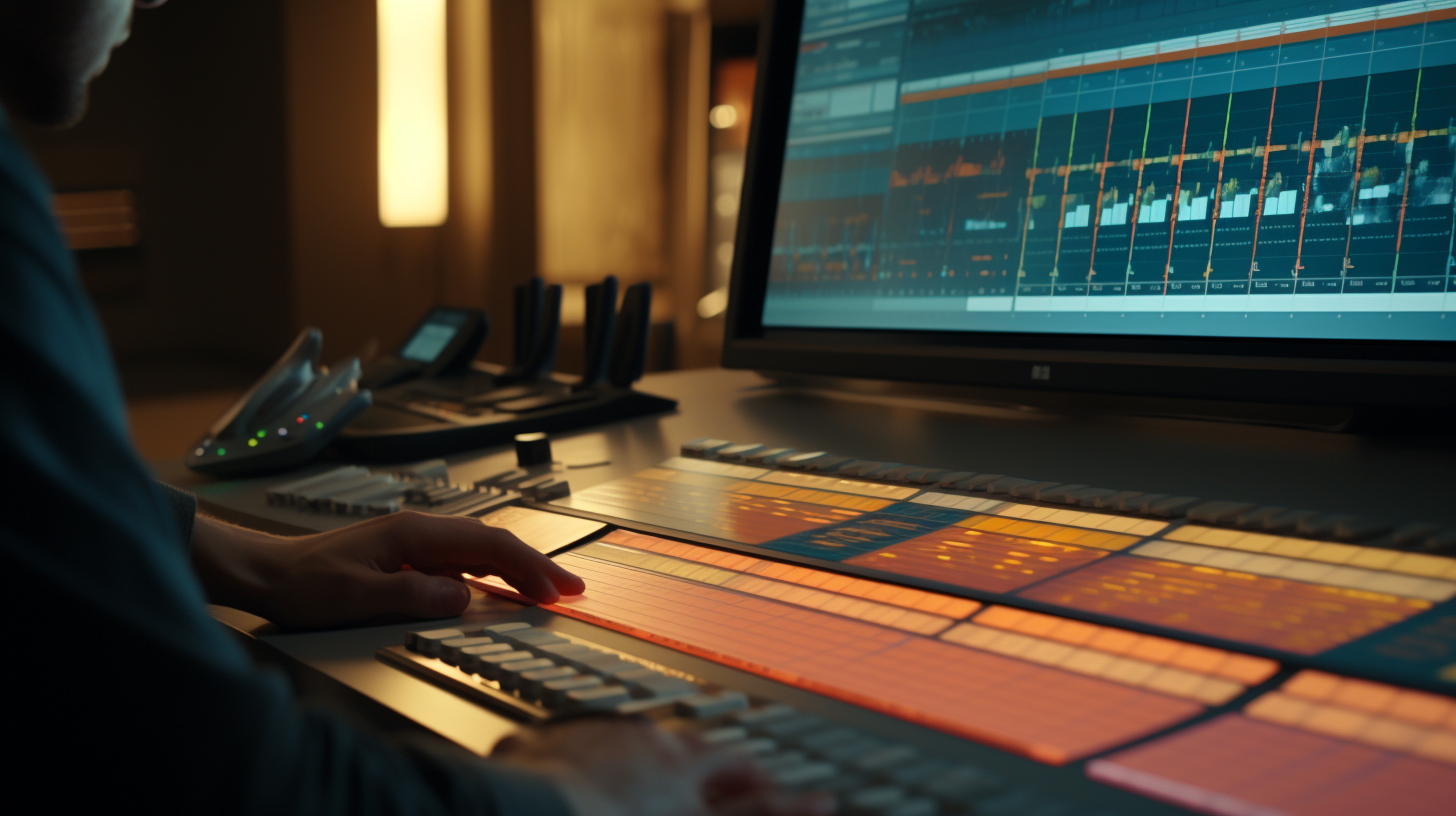Is your music stuck in a loop?
You've got a killer drum loop, a bassline with undeniable groove, and a melody that gets stuck in your head for days. You've made a great 8-bar loop. So... what’s next? This is where many intermediate producers hit a wall. They can create fantastic ideas but struggle to turn them into a full, engaging track that keeps listeners hooked for three, four, or even five minutes.
Arrangement is the blueprint of your song. It’s the art of telling a story with sound, creating tension, release, and dynamics. This guide is your toolkit for moving beyond the loop. We'll explore techniques used by top producers to craft a sonic journey that feels complete, intentional, and, most importantly, keeps the listener from hitting "skip."
The power of repetition (and how to avoid getting boring)
Repetition is key in electronic music, but without smart variations, it becomes monotonous. The goal is to make the listener feel like they're hearing something new, even when they aren't.
Your mission:
- The "drop & add" method: Start with all your elements playing. As the loop repeats, gradually drop a few elements (like a kick or a synth melody) for one or two bars. Then, add them back in. This creates a subtle sense of tension and release.
- Filter automation: Take a key element, like a bassline or a synth pad, and automate its filter cutoff. A slow, subtle filter sweep over 8 or 16 bars makes the sound feel like it's evolving, even if the notes are the same.
- Layered percussion: Use simple rhythmic loops, but add new, smaller percussion elements (like shakers, rimshots, or clicks) every 4 or 8 bars. This keeps the groove feeling fresh without disrupting the main beat.
Why this matters: These small, iterative changes create a subconscious narrative that holds the listener's attention.
The blueprint: common arrangement structures
You don't need a music degree to build a strong structure. Many electronic tracks follow a simple, effective format.
Your mission:
- Build a basic structure:
- Intro (8-16 bars): Start with sparse elements. A filtered drum loop, a pad, or an atmospheric sound. Build anticipation.
- Main section/verse (16-32 bars): Introduce the core elements of your track: the main beat, the bassline, and a key melodic element.
- Breakdown (8-16 bars): Remove the drums and bass. Focus on melodic elements, pads, and atmospheric textures. This is where you reset the listener's ears.
- Build-up (8-16 bars): Gradually reintroduce elements. Add risers, white noise sweeps, and increasing tension.
- Drop/climax (16-32 bars): The full power of your track returns. Make this moment impactful.
- Outro (8-16 bars): Fade out elements, leaving a sense of conclusion.
- Map it out: Use your DAW's markers or locators to label each section. This gives you a clear visual roadmap to follow.
Why this matters: A strong structure provides a predictable yet engaging framework that guides the listener through your musical journey.
Creating tension and release: the emotional rollercoaster
A great arrangement is like a narrative. It builds tension and then offers a satisfying release.
Your mission:
- Risers and fallers: Use a reverse cymbal, a white noise riser, or a synth sound that slowly pitches up to signal an incoming change (e.g., a build-up). A filtered sweep or a simple crash cymbal can mark a drop or a transition.
- Vocal samples: A well-placed, a cappella vocal loop or a single vocal snippet can be used to signal a transition, creating an emotional pause before the beat kicks back in.
- Automated FX: Automate a delay on a synth melody so it gets progressively wetter and more chaotic during a build-up. When the drop hits, kill the delay to create a clean, impactful sound.
Why this matters: These tools are not just effects; they are emotional cues that help you control the listener's experience.
Listen with a producer’s ear
The best way to learn arrangement is by reverse engineering the pros.
Your mission (ongoing):
- Deconstruct: Pick your favorite electronic tracks. Put them in your DAW and use markers to label each section (Intro, Verse, Breakdown, Drop, Outro).
- Analyze the "why": Why does the track introduce new elements at the 16-bar mark? How does the producer create a sense of tension before the drop? What elements are removed during the breakdown?
- Apply to your work: Use the insights you've gained to inform the arrangement of your own tracks. Don't copy, but learn the principles behind their choices.
Why this matters: Active listening gives you a practical education in what works and what doesn't, allowing you to develop your own unique arrangement style.
Your final blueprint: from idea to journey
Arrangement can feel intimidating, but it’s a skill you can learn and perfect. By focusing on smart repetition, solid structures, and the deliberate use of tension and release, you’ll start creating tracks that are more than just loops. You’ll be crafting complete, memorable journeys for your listeners.
